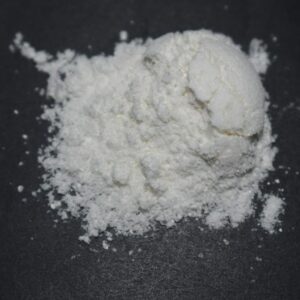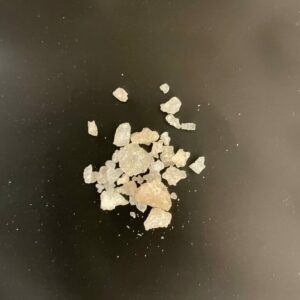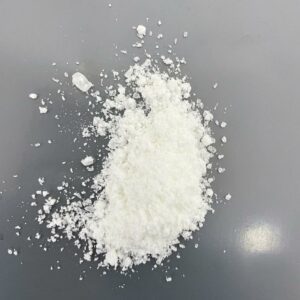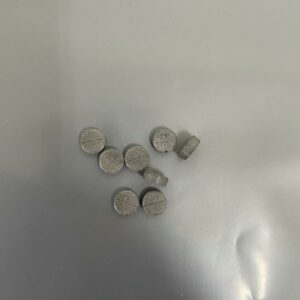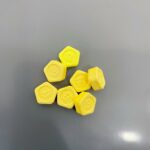Definition and Background Information
3-ME-PCP (3-Methoxyeticyclidine) is a novel dissociative research chemical belonging to the arylcyclohexylamine class, structurally related to PCP and 3-MeO-PCP. This analog features a methoxy substitution at the 3-position of the phenyl ring, which modifies its pharmacological profile and subjective effects. As a less common PCP derivative, 3-ME-PCP offers researchers an interesting compound for studying structure-activity relationships among dissociative anesthetics.
Effects of 3-ME-PCP
- Dissociation: Produces dose-dependent detachment from physical senses and environment
- Cognitive Effects: May induce thought acceleration and altered perception of time
- Physical Effects: Reports suggest mild stimulation combined with analgesic properties
- Duration: Effects typically last 4-6 hours with potential aftereffects
- Dose Curve: Exhibits non-linear potency – effects don’t always scale predictably with dose
Hazard Indications
- High Potency: Active in low milligram ranges (5-15mg) – requires precise measurement
- Psychological Risks: May trigger mania or confusion in susceptible individuals
- Physical Risks: Potential for motor impairment and accidental injury
- Unknown Safety Profile: Limited human data available – extreme caution advised
Safety Recommendations
- Precise Measurement: Always use a milligram scale – never estimate doses
- Sitter Recommended: Have sober observer present for initial trials
- Environment: Use in safe, familiar setting with injury prevention measures
- Avoid Combinations: Particularly dangerous with depressants or stimulants
- Storage: Keep in cool, dry place with proper labeling
Where to Buy 3-ME-PCP
For researchers interested in this research chemical, select vendors like pandachems.nl may offer this compound as part of their research chemical catalog. Always verify:
- Product purity through independent testing
- Legal status in your jurisdiction
- Vendor reputation before purchase
Due to its limited research history, this rc should only be handled by qualified researchers with appropriate safety protocols in place.

